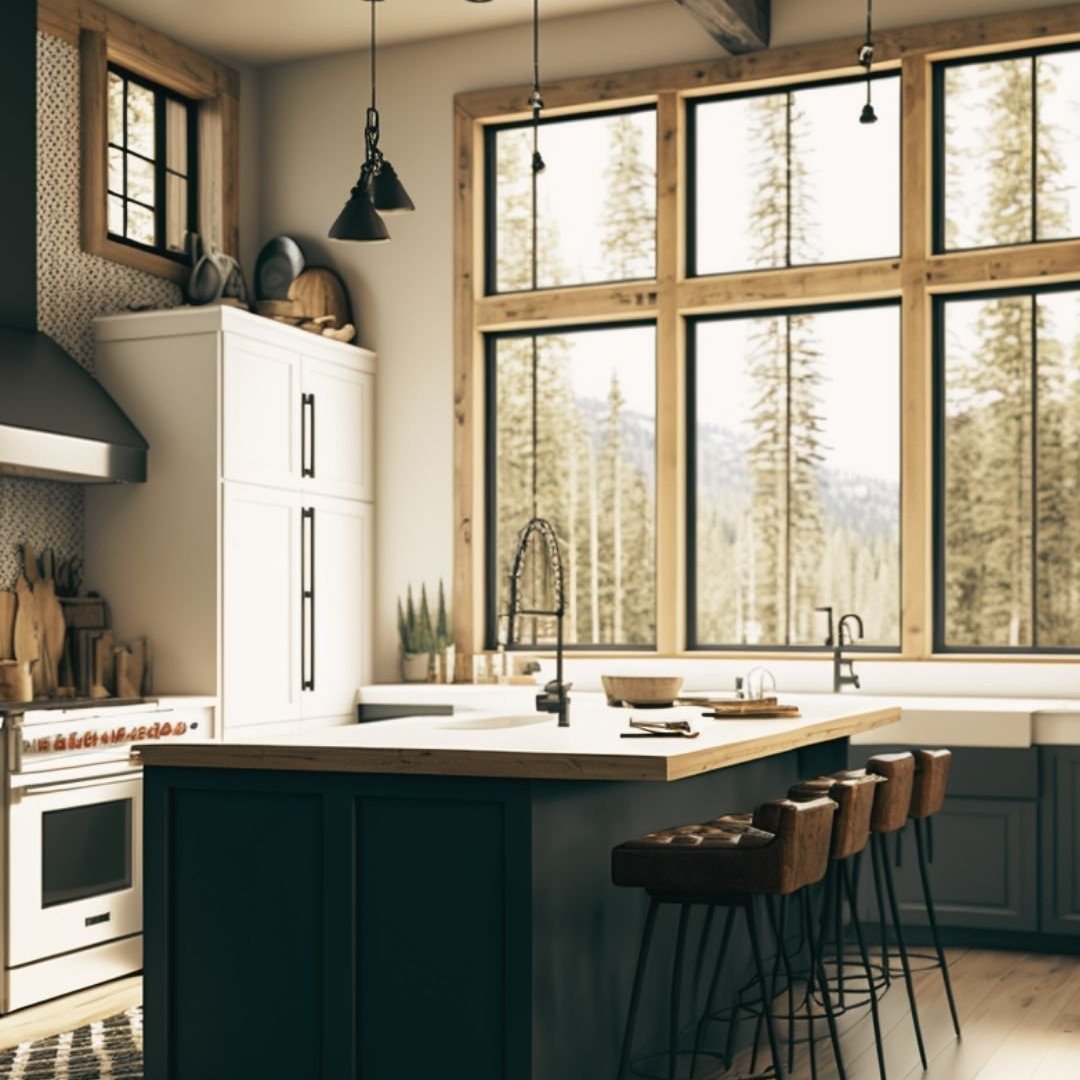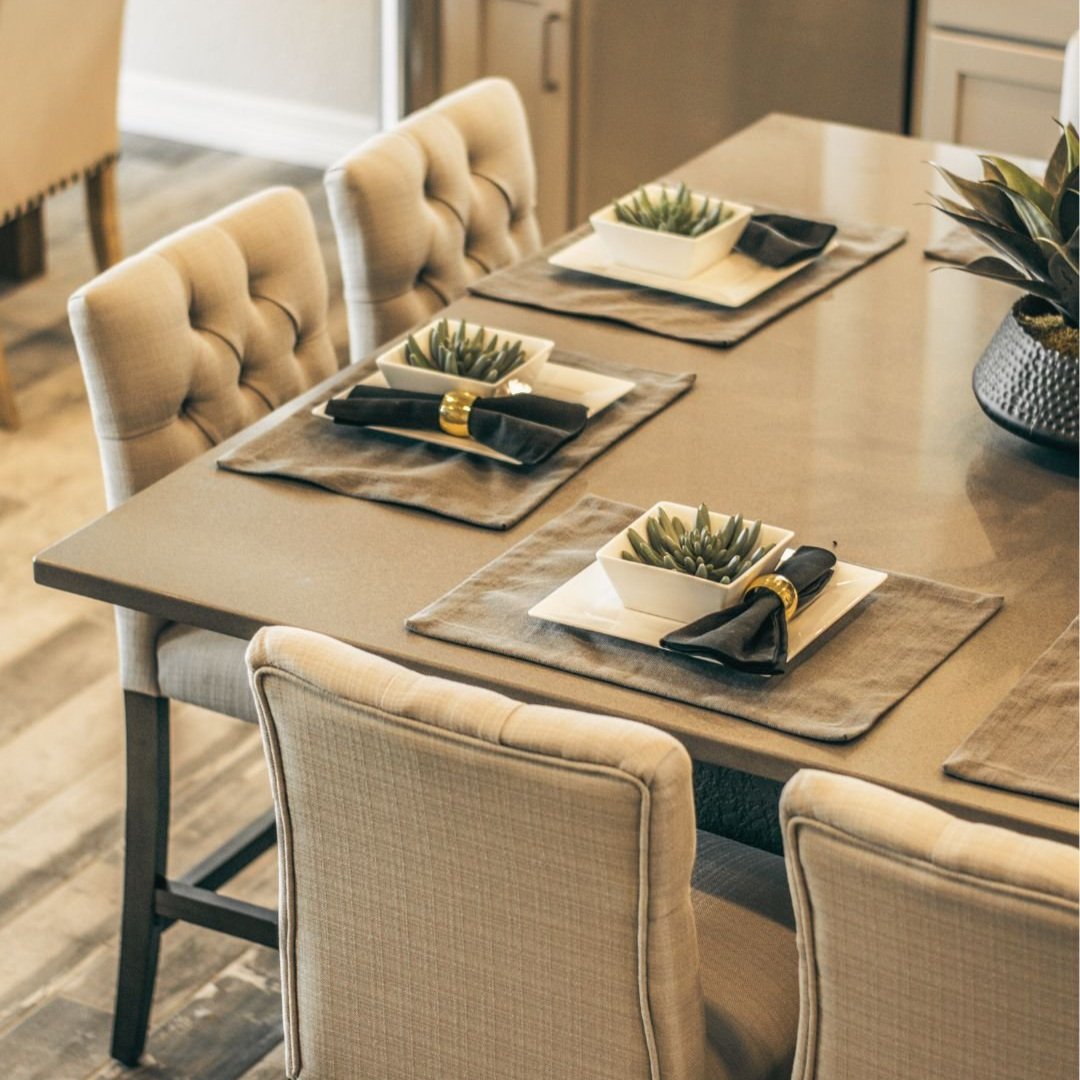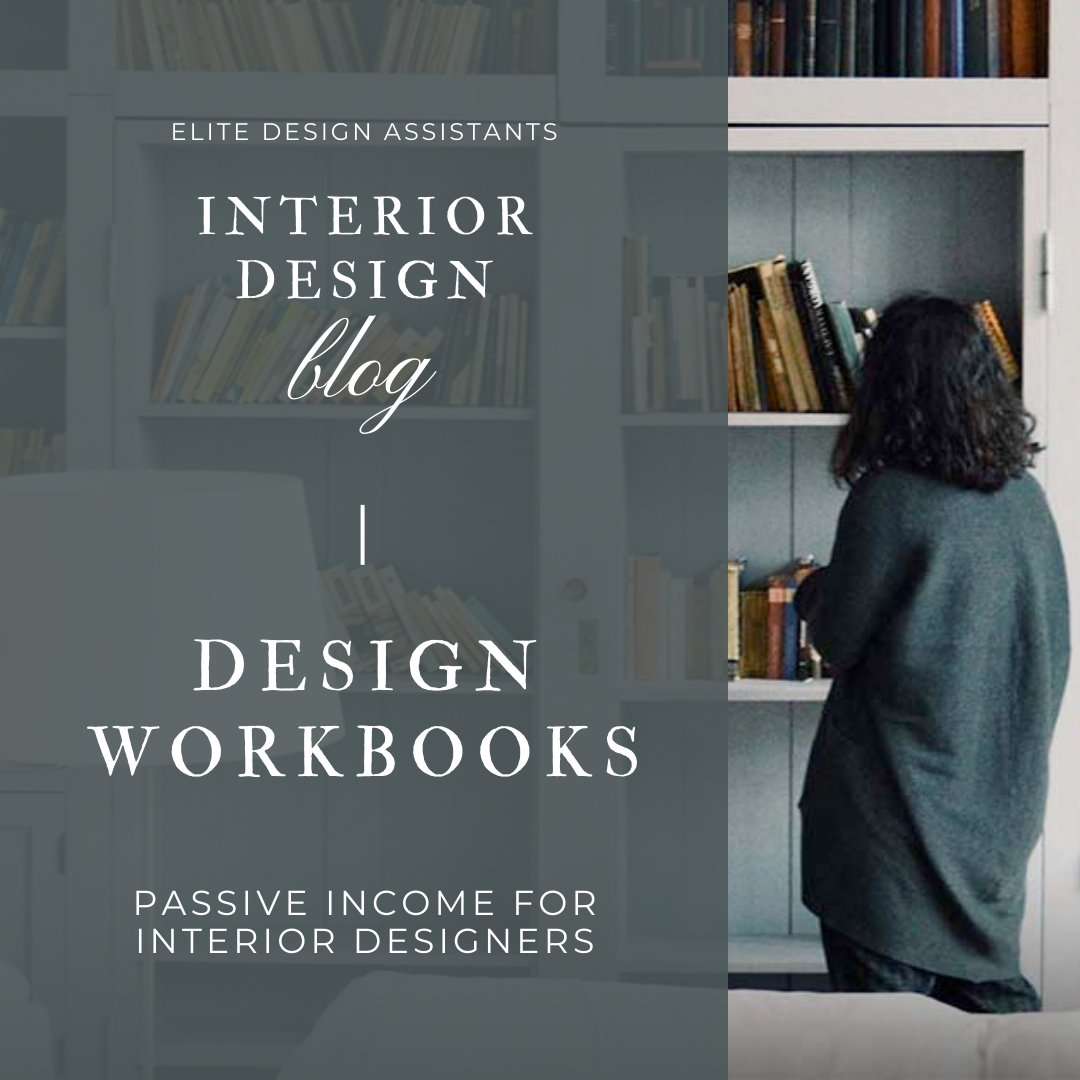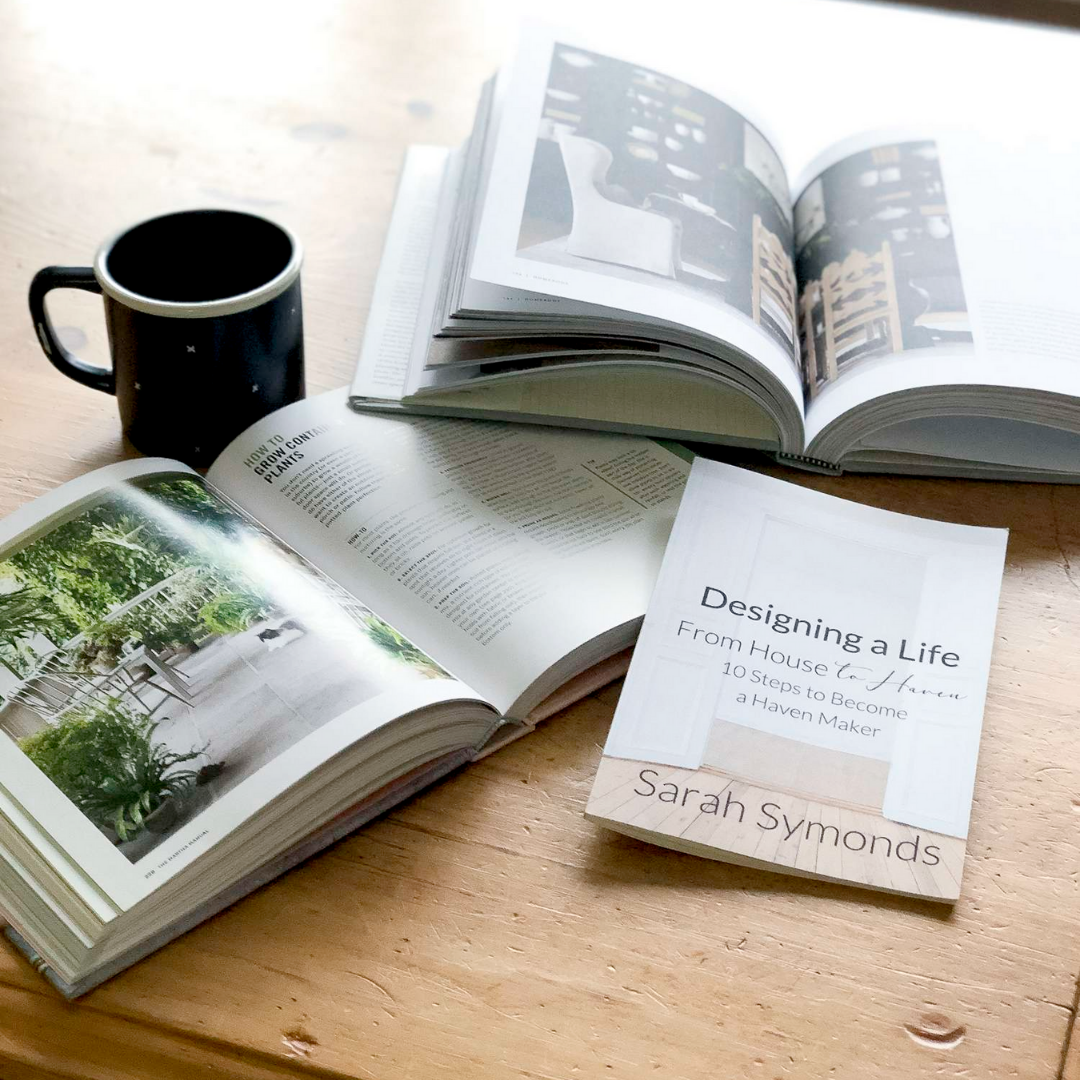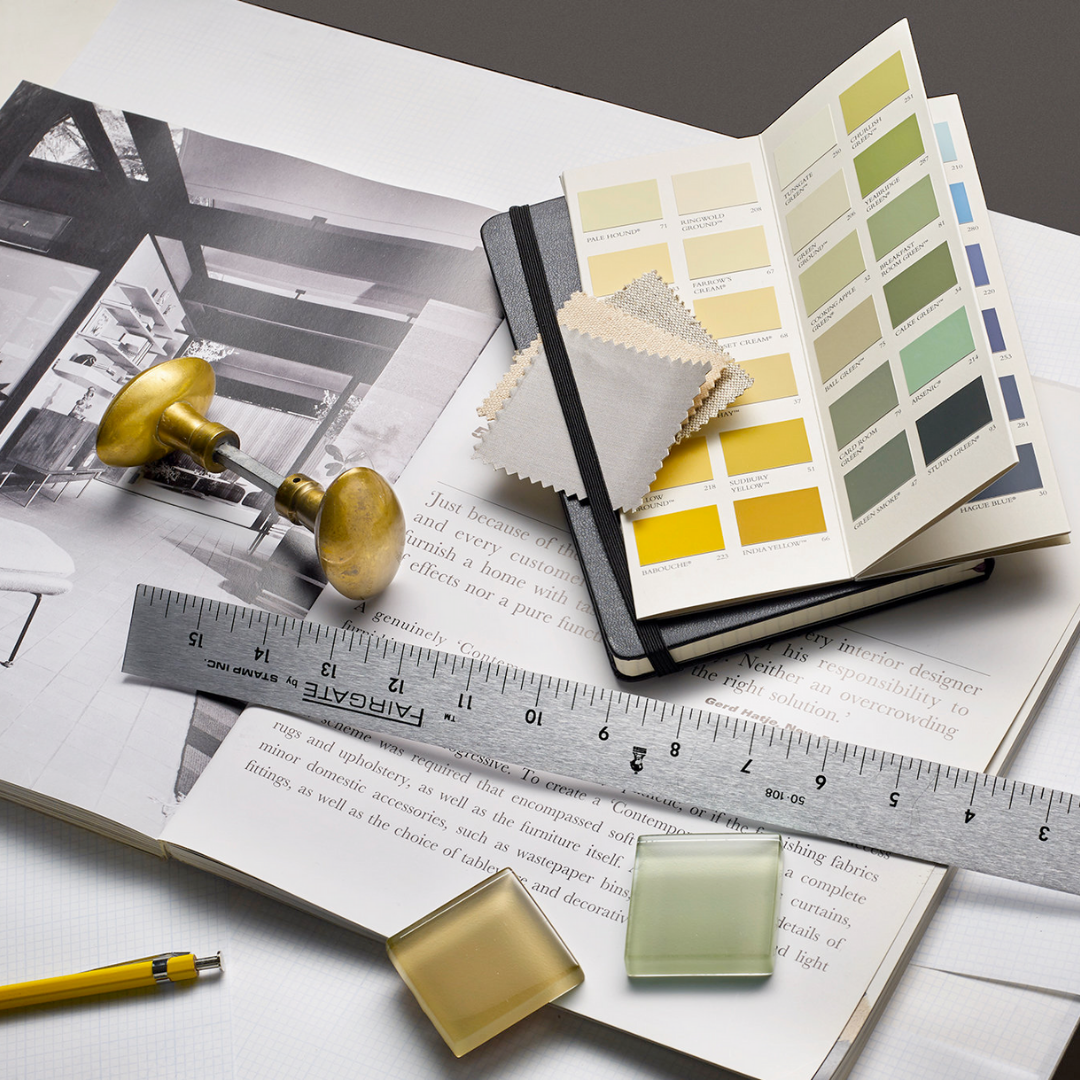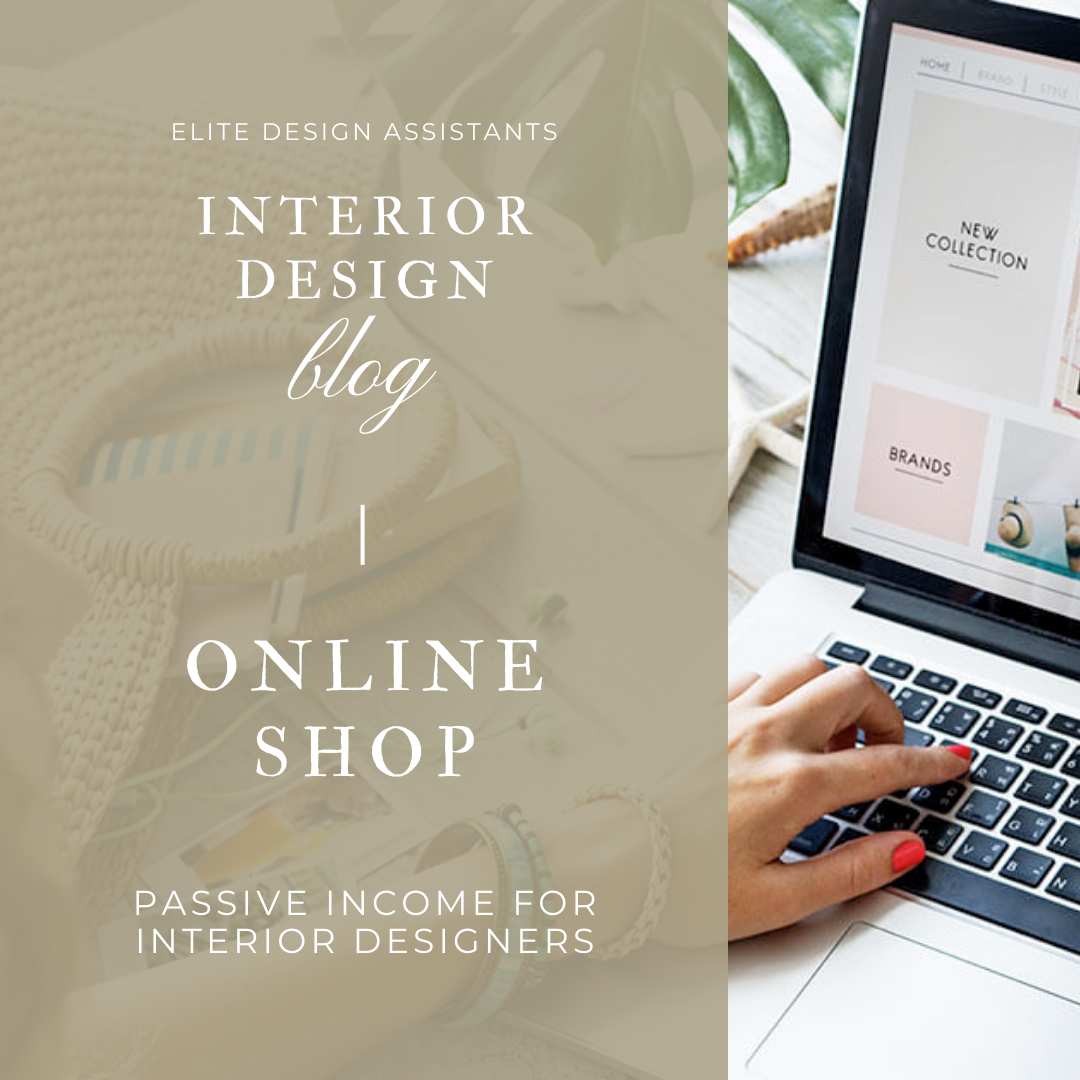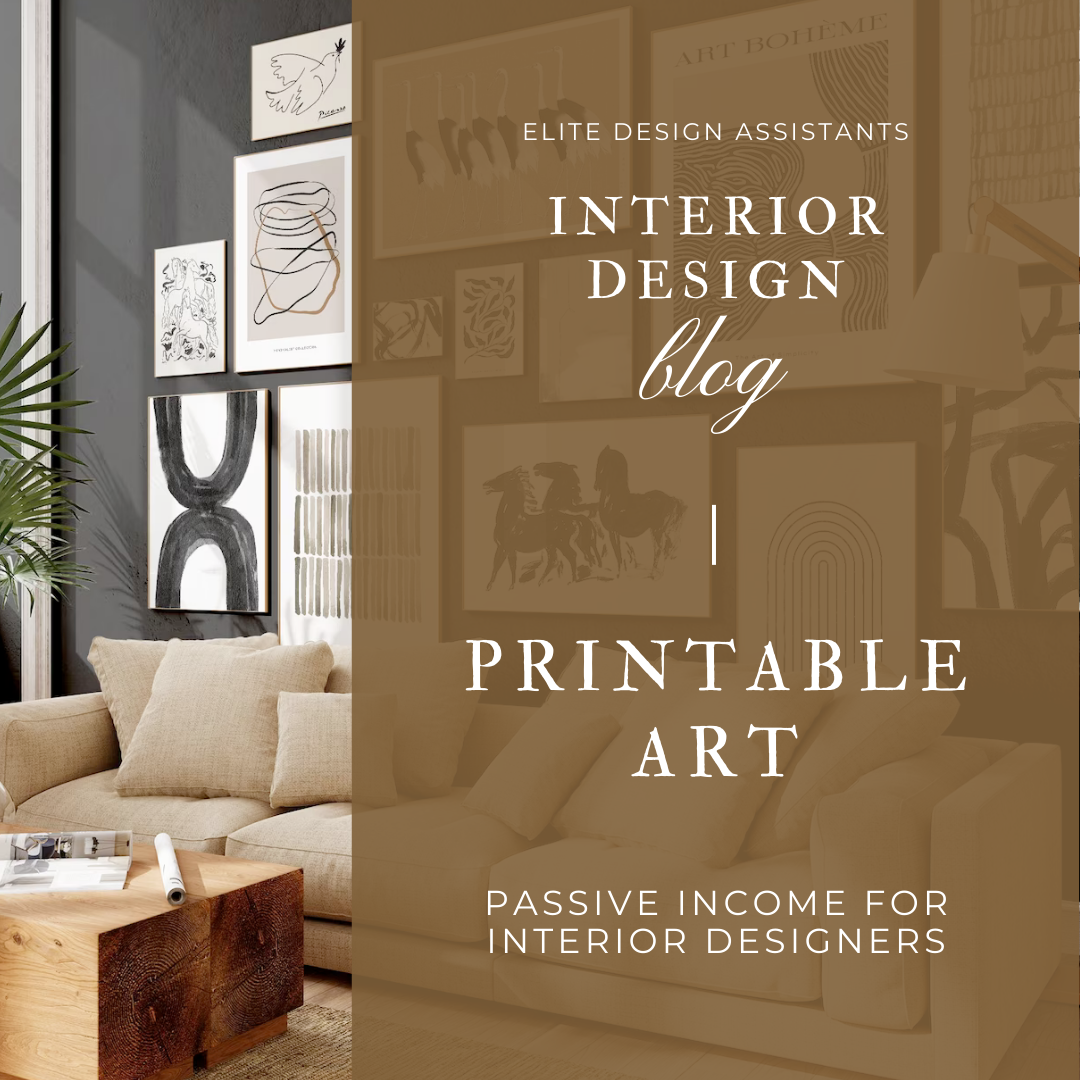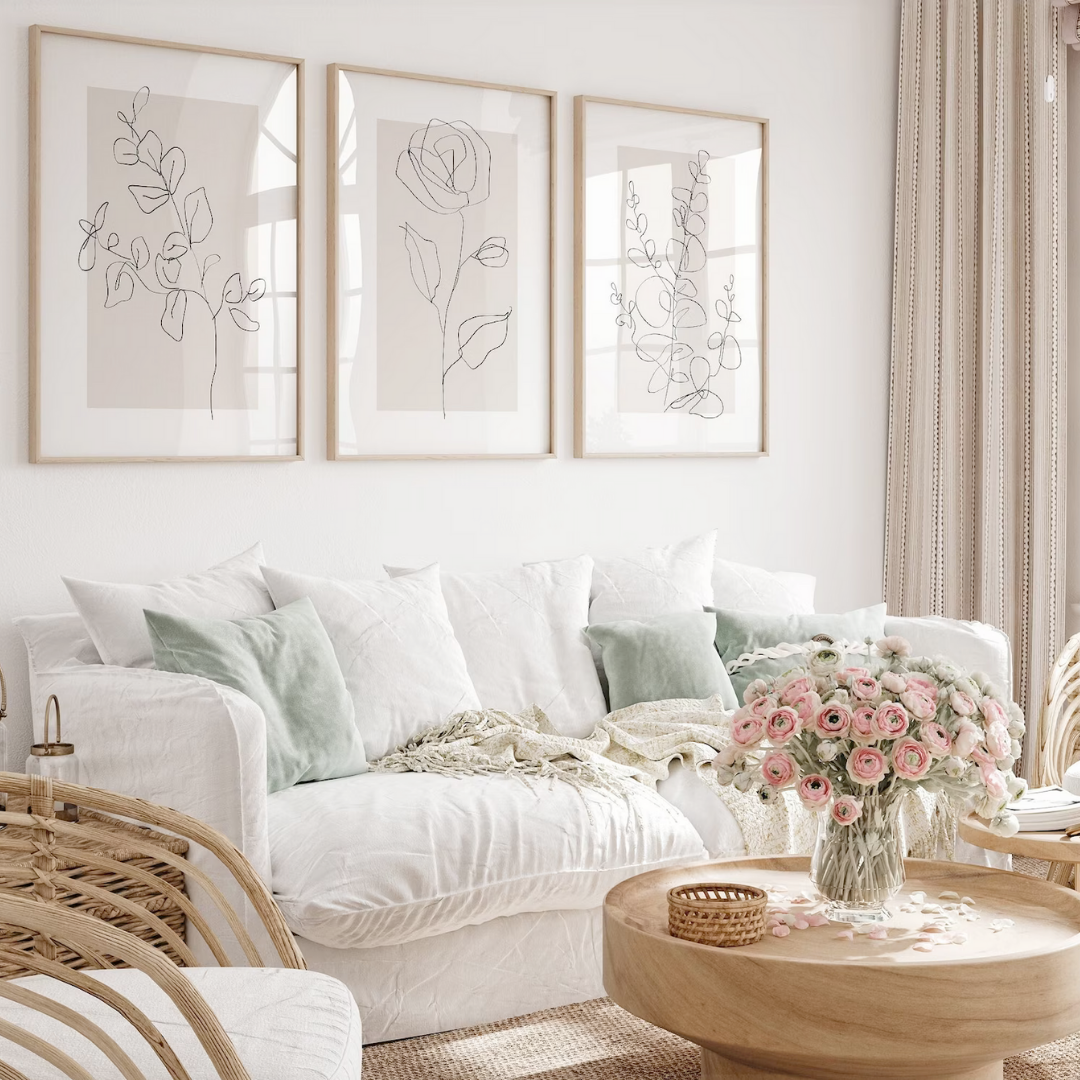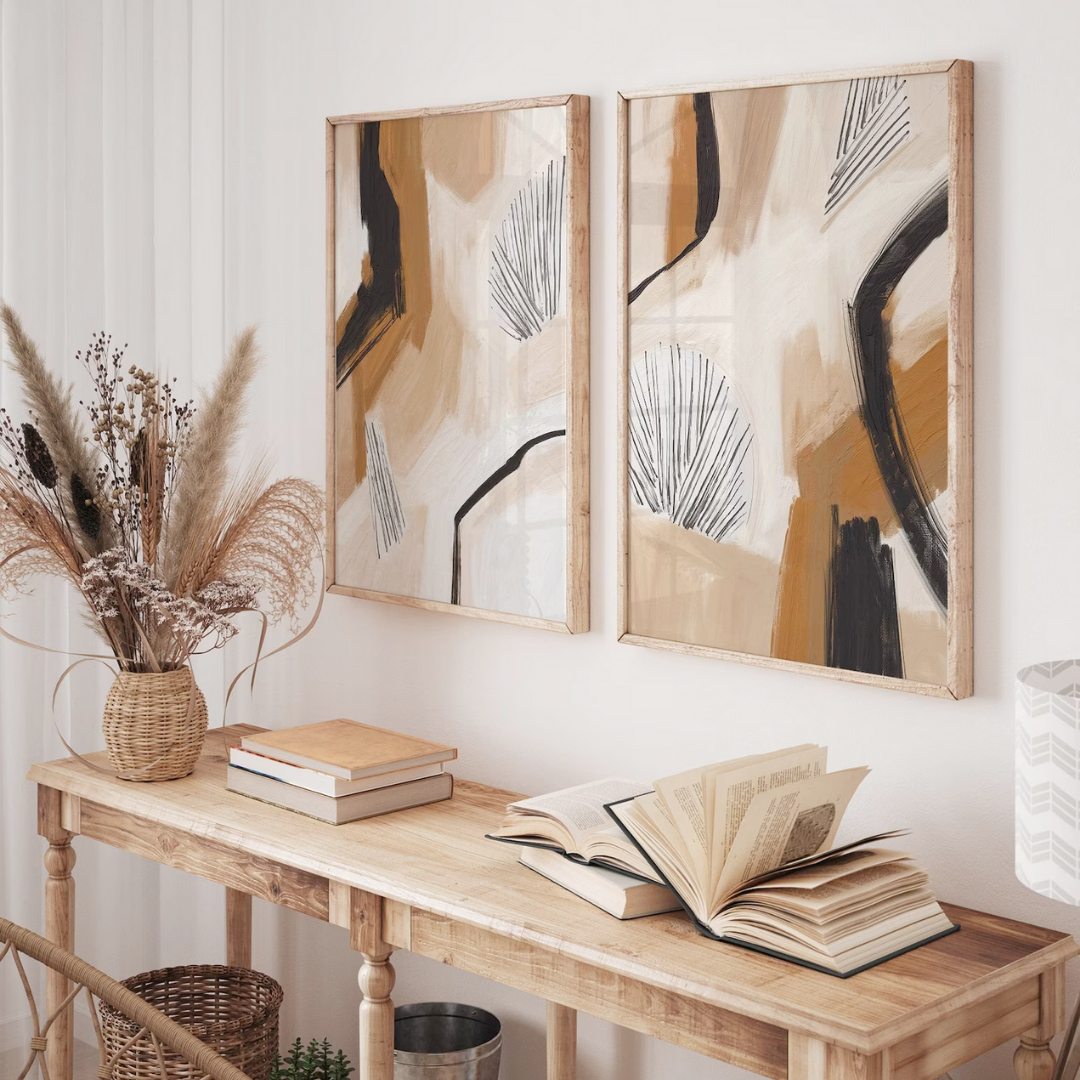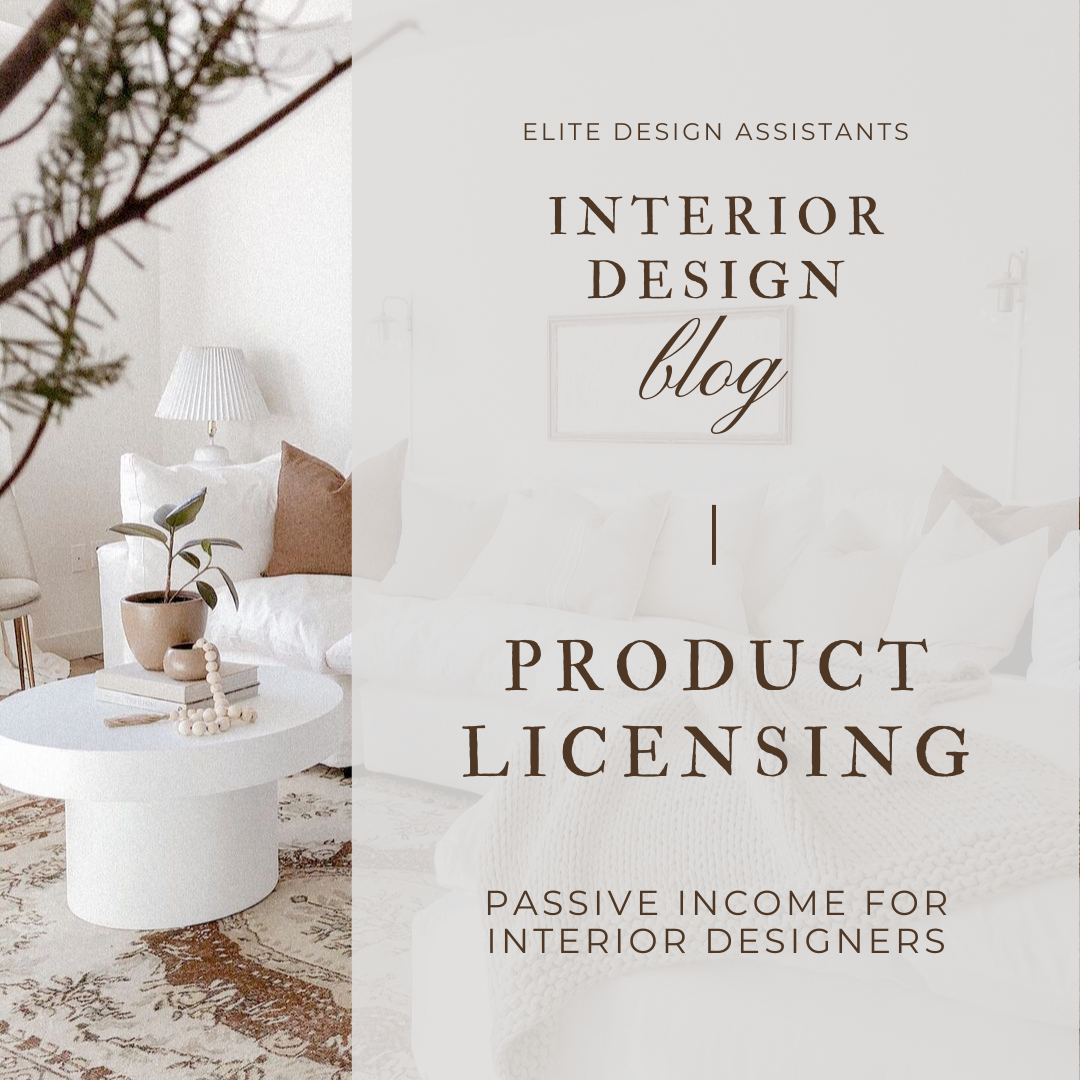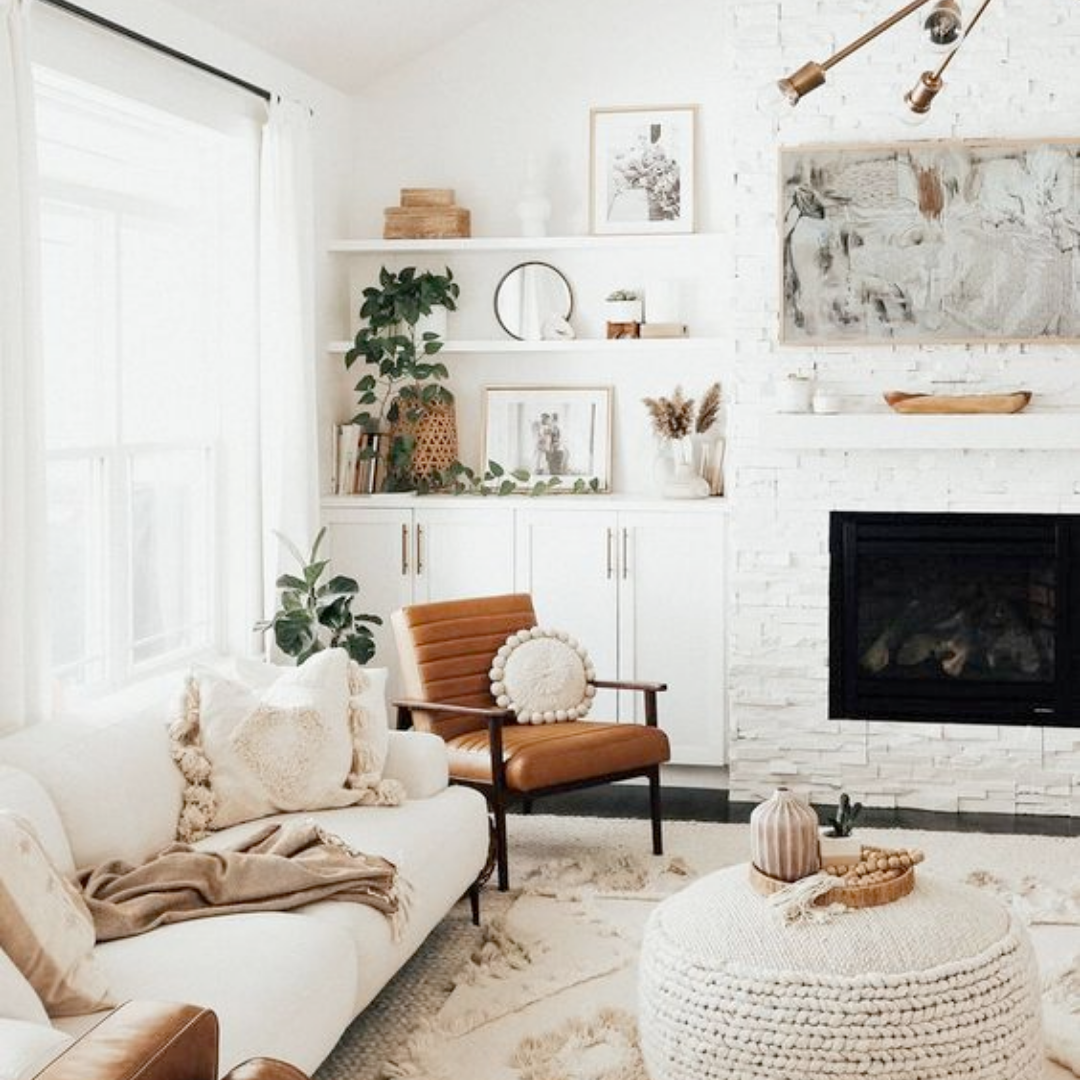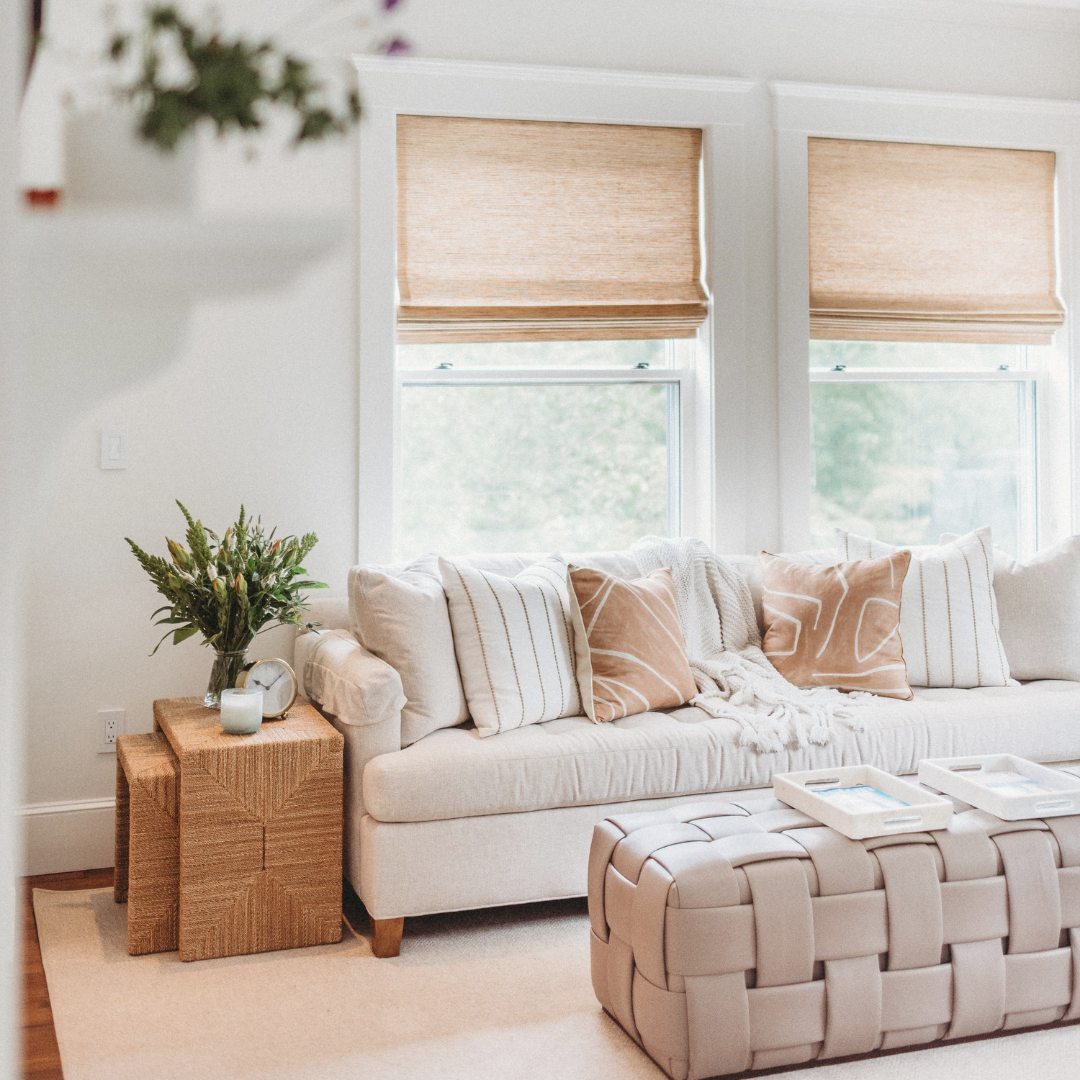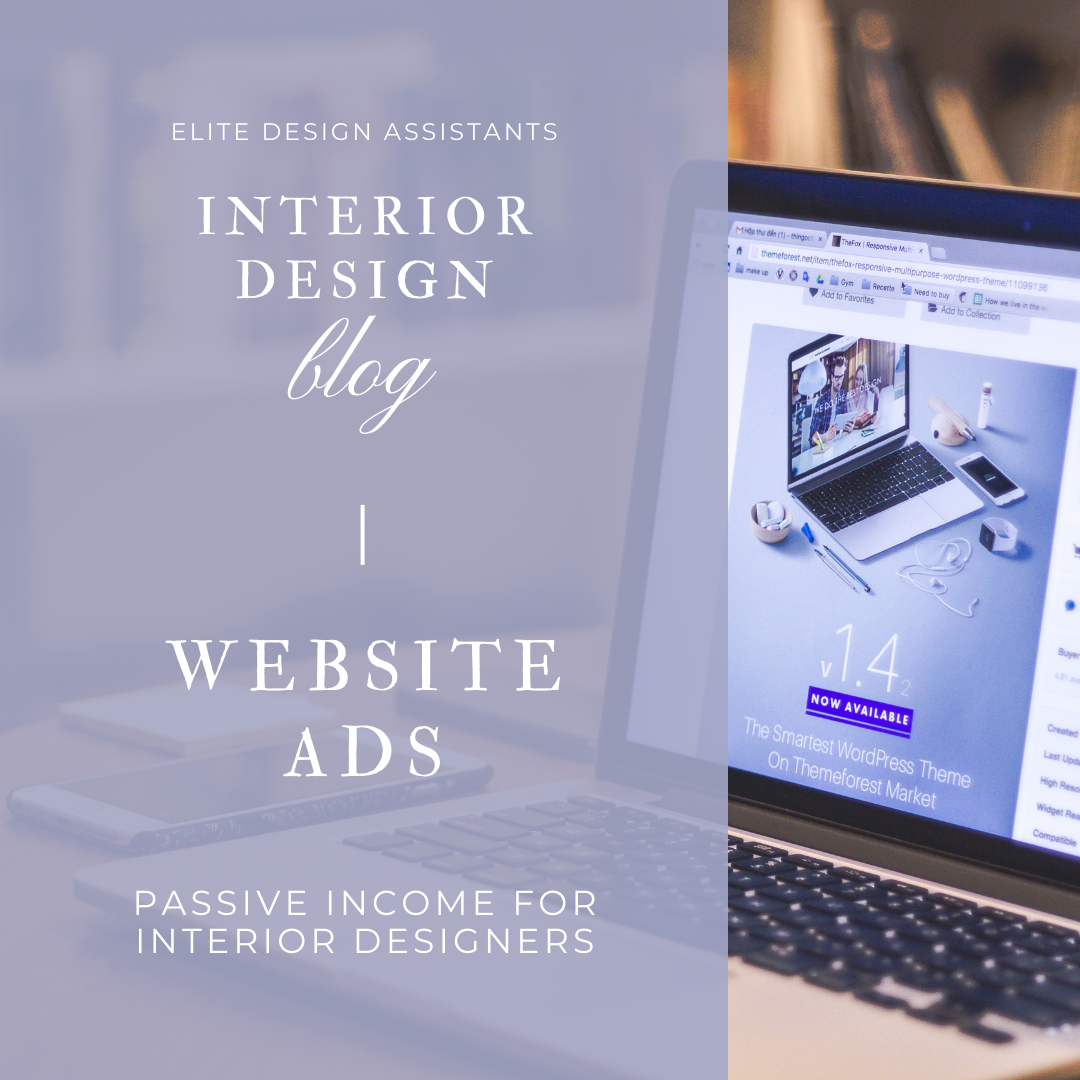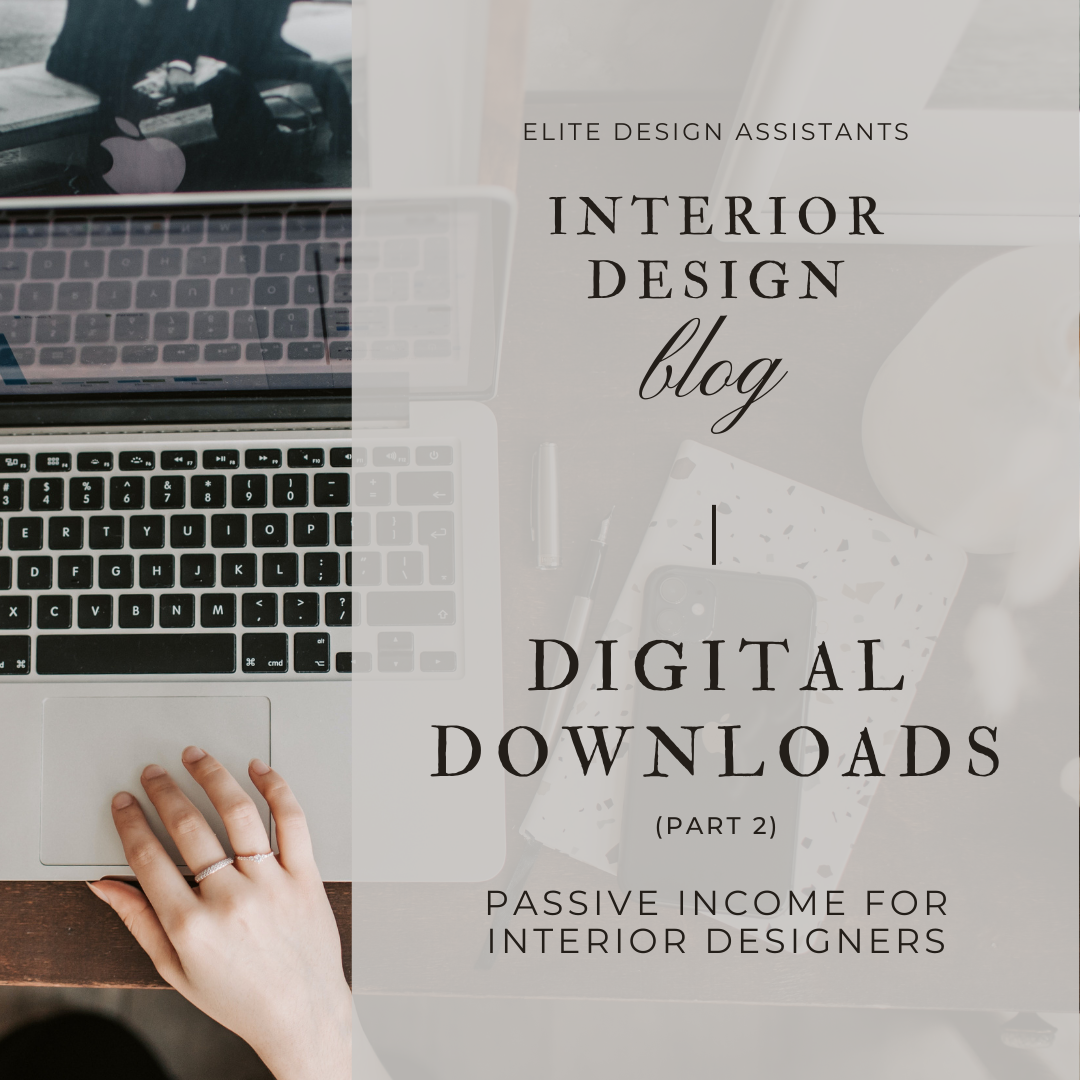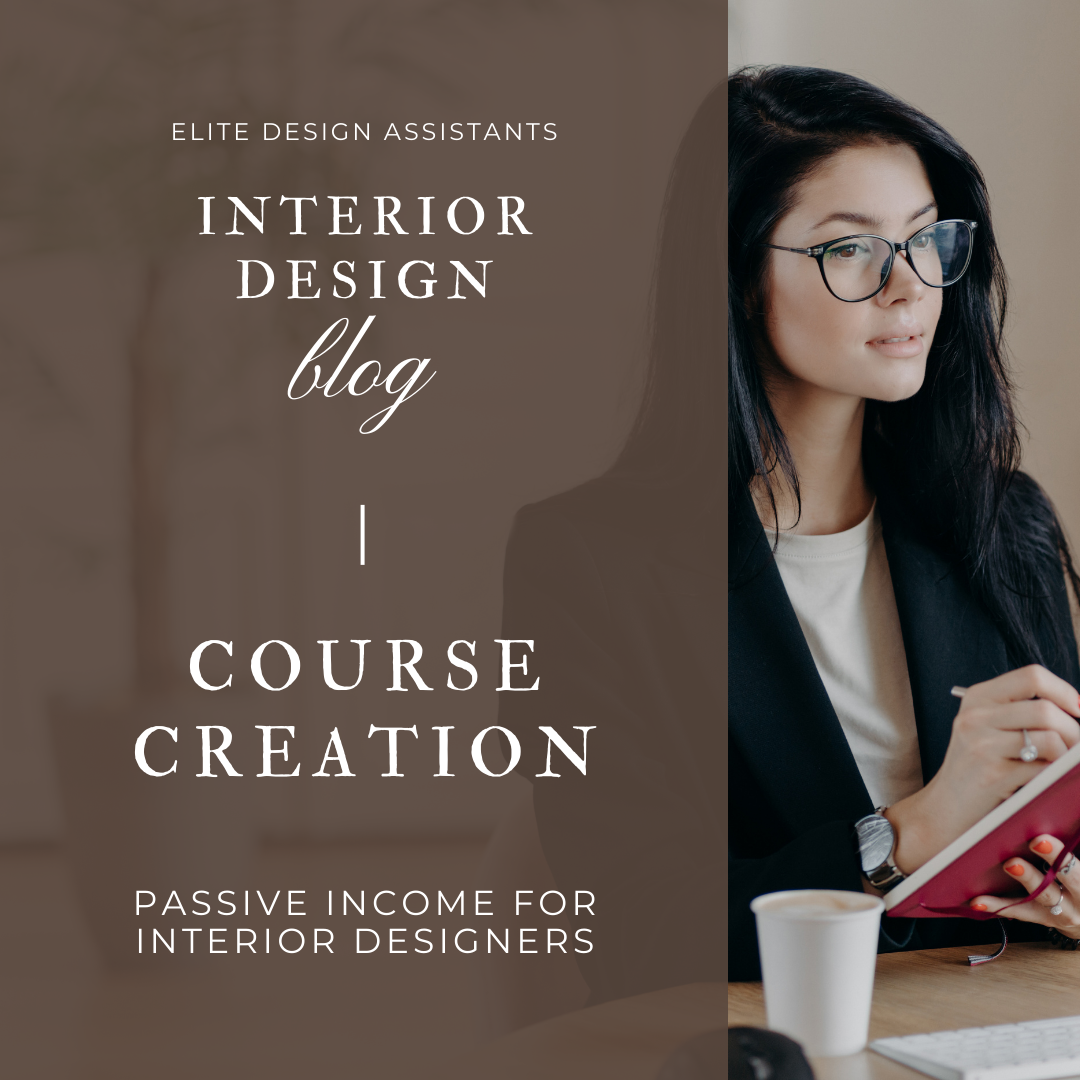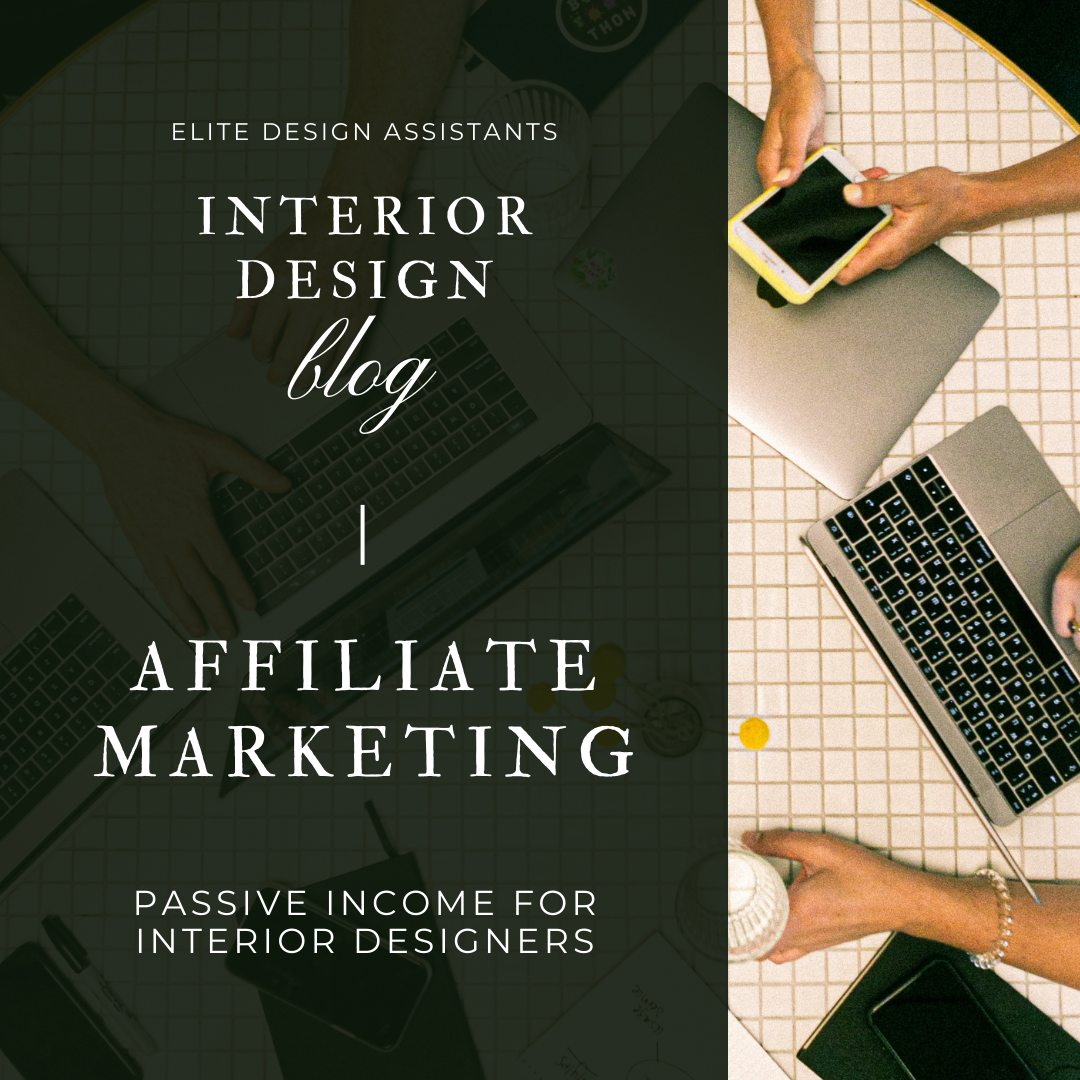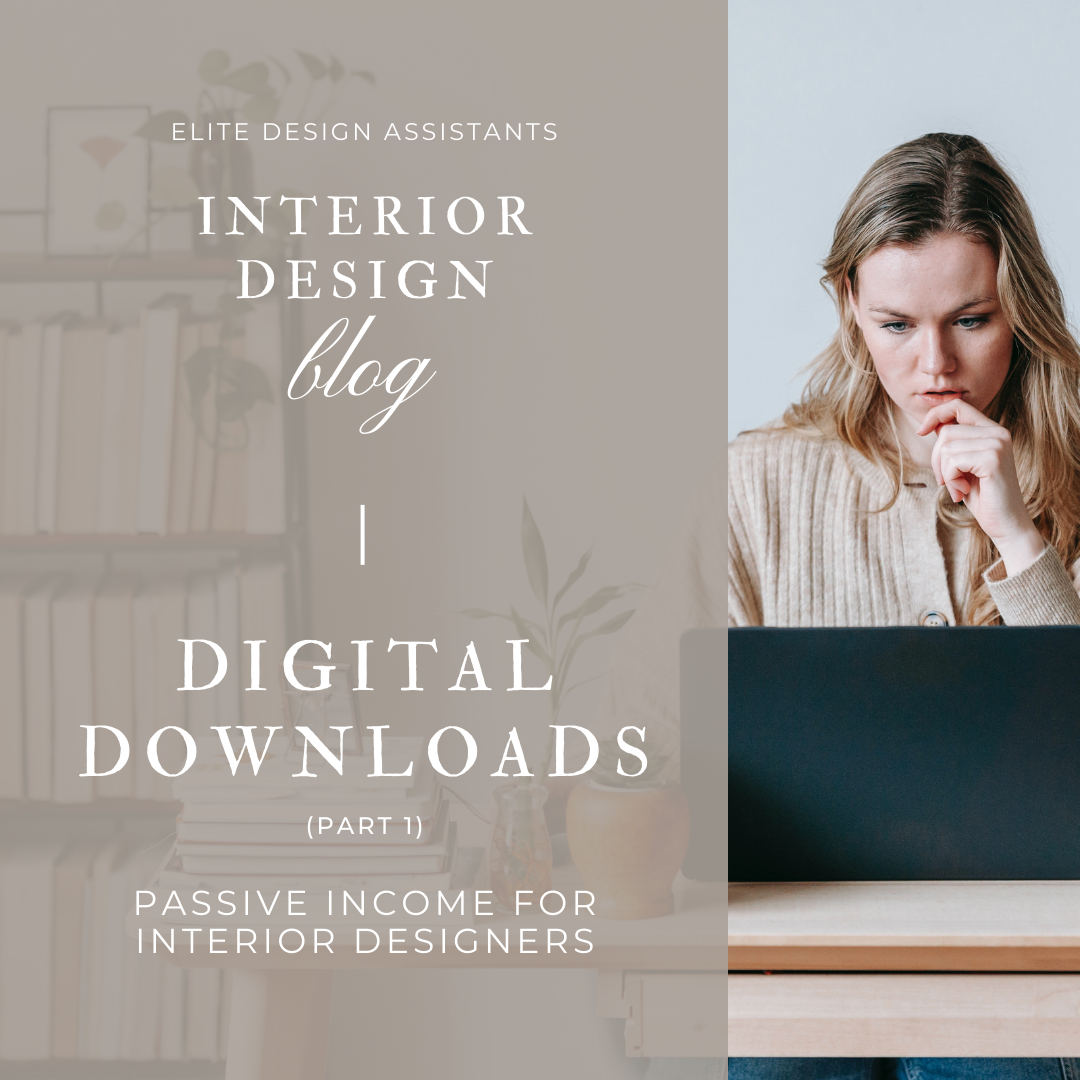Earn More by Working Less with Passive Investing in Private Lending
/It’s time to start converting your income to PASSIVE INCOME with Double-Digit Returns!
In a world where time is the most valuable asset I think it’s time we start taking some of that time back! Those of us that have been very fortunate to be successful in our businesses know that it typically comes with a price and that price is time. In our current climate, we’ve found ourselves busier than ever and often wonder how much longer we can continue at this pace. I’ve spent the last several years listening to my clients and listening to myself and so NOW I am starting an initiative to educate women on how we can start taking back some of our time.
With my background in real estate, the financial industry, and interior design it made complete sense to me that passively investing in real estate would be something that I could educate others on. After a few years of research and constantly finding real estate gurus talking about creating passive income by purchasing short-term rentals and other real estate I realized I did not want to become a landlord. I wanted to find a way where my money could work hard for me, where I didn’t have to do any of the work. That is where I discovered private lending in real estate.
Private lending is where you lend funds to another real estate investor who is purchasing deals for fix and flips, multi-family, buy and holds, short-term rentals, etc. You provide the capital, and they do all the work. We focus on shorter-term deals around 6 to 12-month deals with double-digit returns, but we do get larger-scale deals that are just too good to pass up as well. Our clients get to sit back, relax and invest in real estate that is protected, insured, and secured.
My mission is to help people take control of their finances and their lives. You’ve worked hard, you deserve to be able to find a way to make your money work hard for you and I’ve got the tools to help you!
Not only am I educating people on private money lending, we now have investment opportunities and I have access to a lot of opportunities based on your goals.
If you want to learn more about our opportunities, please sign up for our newsletter at Passive Investing — Elite Design Assistants. Also, please feel free to reply to this email with any questions.
Let’s make more money by working less! Are you in?
xx, Danae
DIGITAL TEMPLATES?
We love helping busy interior designers like you! So, in an effort to provide the best resources possible, WE WANT TO HEAR FROM YOU about what templates you’d like to see from us. Browse our current collection of templates here for any you might need or want, and email us at danae@elitedesignassistants.com to let us know what other templates you’d like us to make and have available for instant download!







